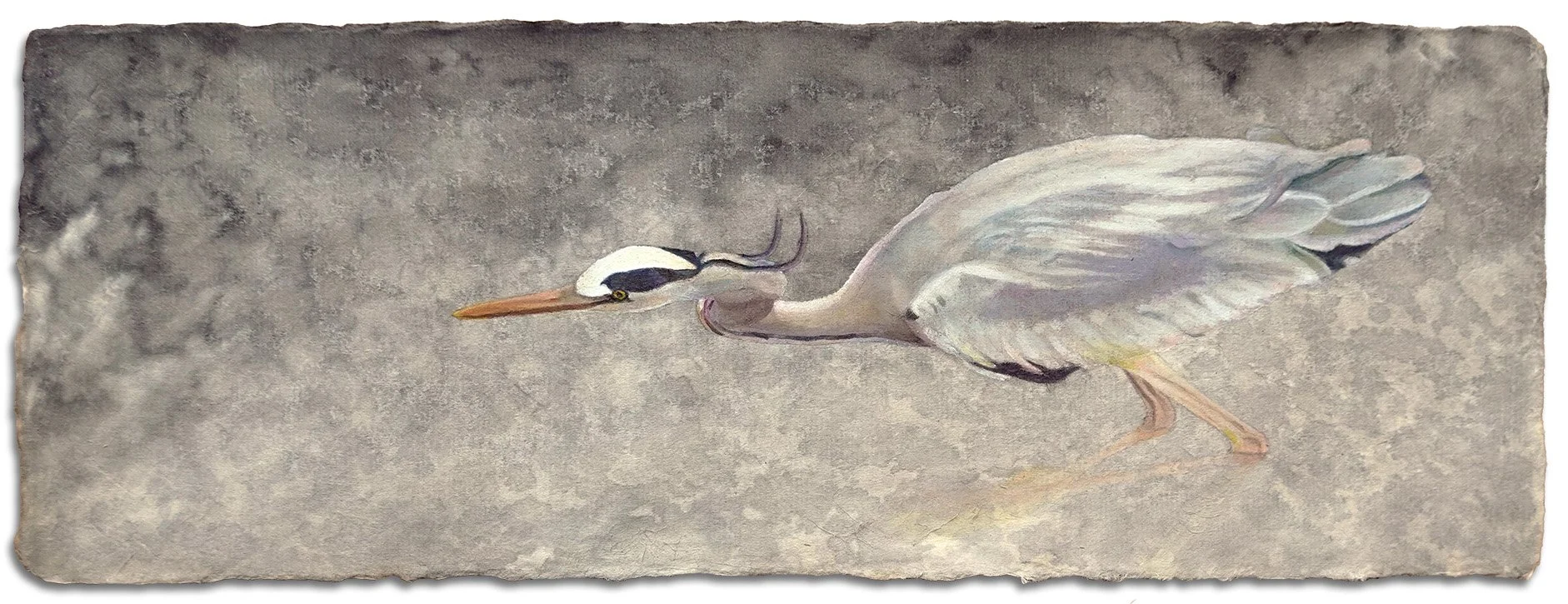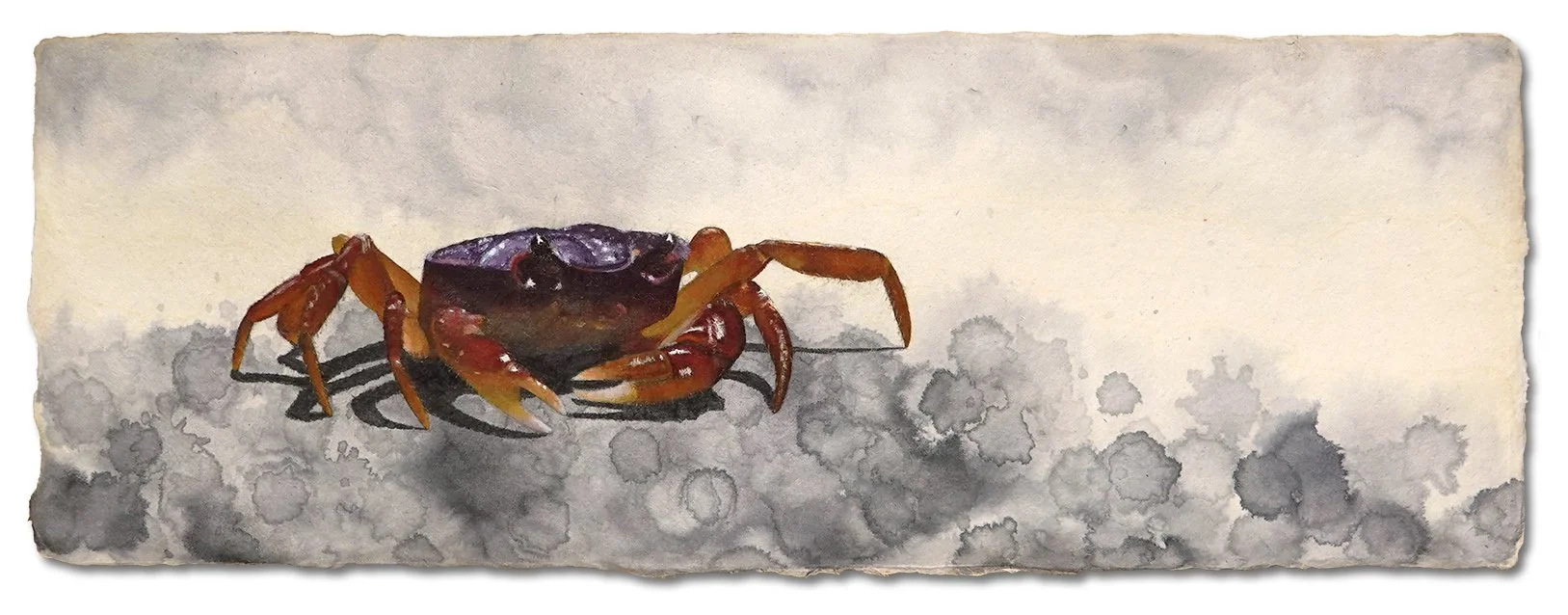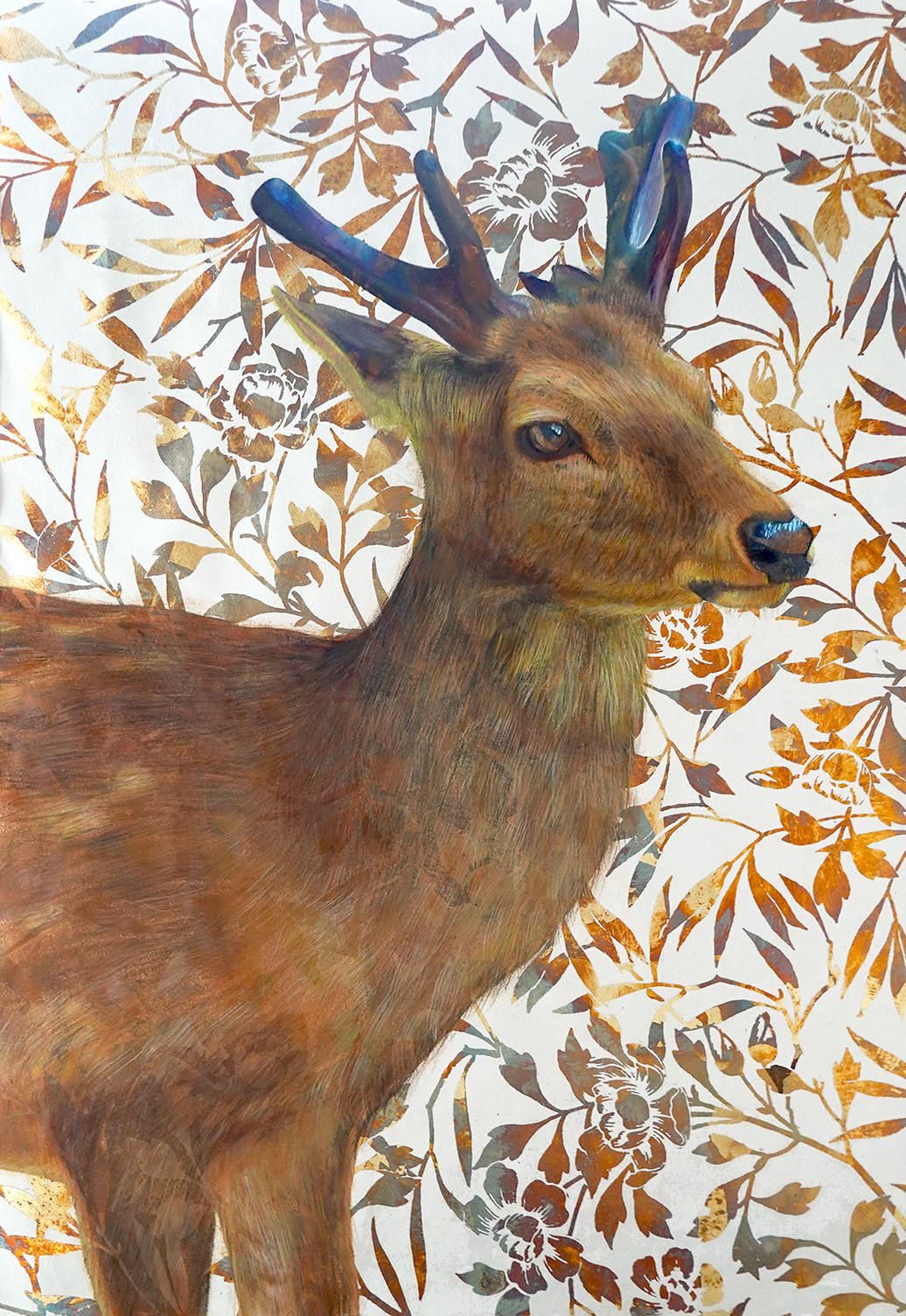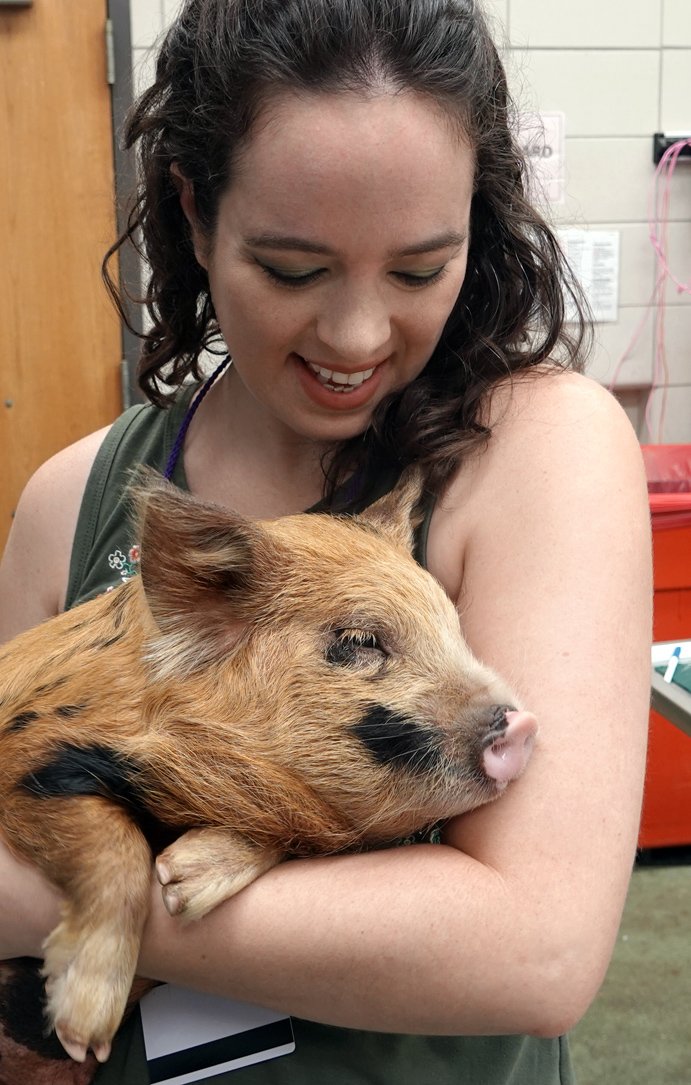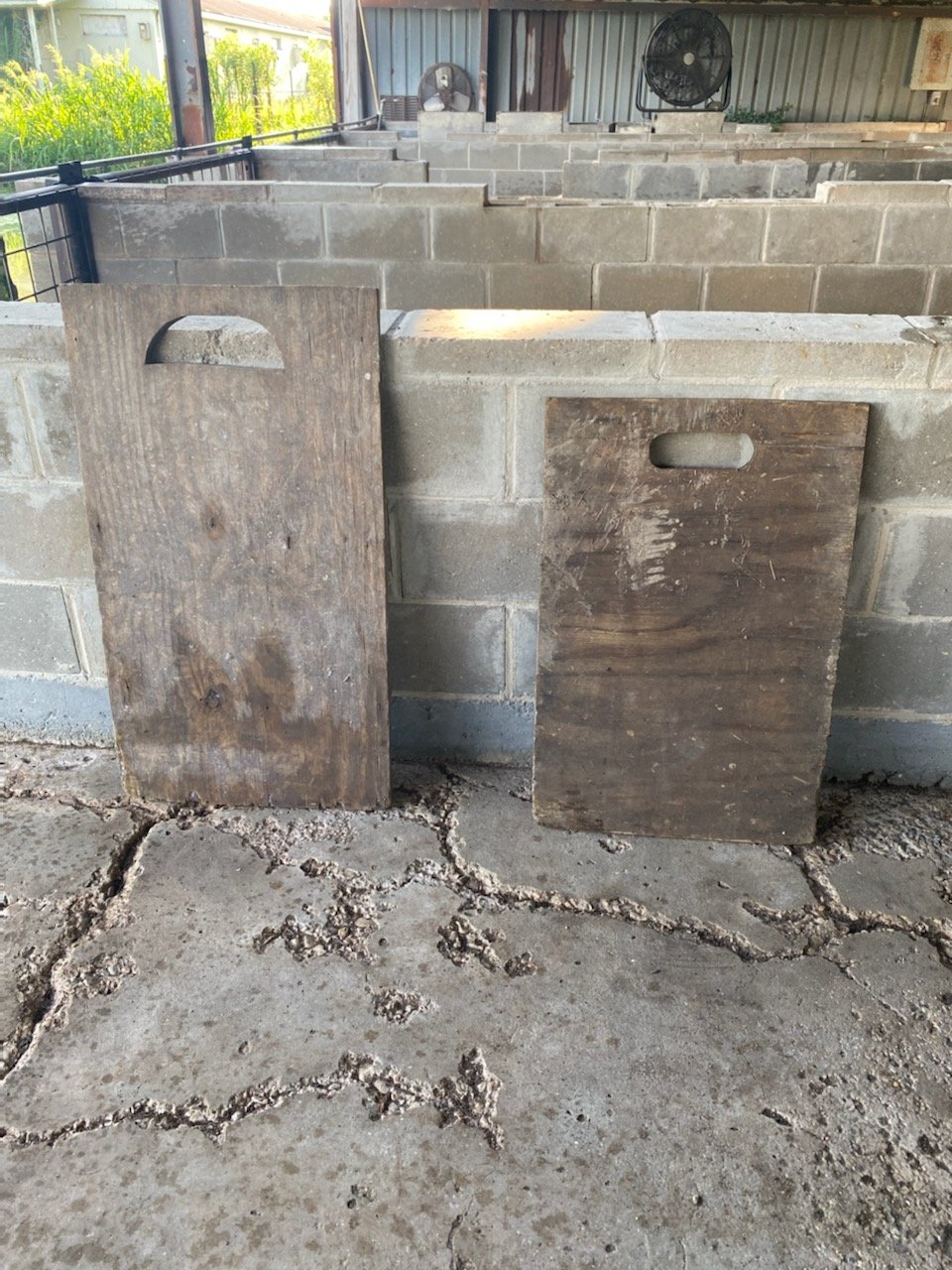Seriously, I've been really hard at work here creating lots of new artwork!
I went to see the Zoo Aquarium de Madrid a couple weeks ago, mostly because I remember it being huge from when I visited it ten years ago and with unusual access to some of the animals like the giraffes, bears, and wallabies. They've tightened up some of their security since, though I still saw patrons feeding peanuts to lemurs and bears despite the signage (I saw that ten years ago too, but also saw a wallaby with an entire bagel and giraffes also being fed peanuts by the crowd!), and it still seemed big but not quite as huge as it did when I was younger.
I typically don't paint zoo animals; I prefer to paint animals that are local and/or native to the places I'm inhabiting, and I also don't think I get very unique perspectives on many zoo inhabitants unless the zoo is one of the few that has surprisingly close access to the animals. However, this time around despite less access than I remember (though still on the more access side of zoos), a giant anteater had escaped from his enclosure and was having the time of his life in the green space between his enclosure and the public walkways. There was still a small fence between him and the walkways, but honestly, the fence he escaped from was much more difficult to surmount so while he could've escaped full-stop, I believe he just preferred the green space to that of his desert-themed enclosure. If I'd wanted to, I could've touched him, but I didn't - both because I'm a good zoo visitor, and also because he was a fighter! Peahens, unaware of his escape, were pecking around happily when he ran over and began repeatedly charging them. He did that until they hid behind some bushes and then he happily commenced wandering around the green space, digging and eating in the grass. I watched him for a while and then went off to other parts of the zoo; I returned a few hours later and he somehow got his girlfriend out as well! I think the Zoo must know they can escape, but I'm honestly surprised it's allowed since unwise guests could really cause a problem quite easily with the anteaters...
Watching him enjoy himself so much (and having an exceptional amount of access to him), it felt like I actually did get a real glimpse into his character. I left wanting a souvenir of the experience, and in my mind there's no better souvenir than painting him.
Dominion, acrylic on canvas, 25x39 3/4".
